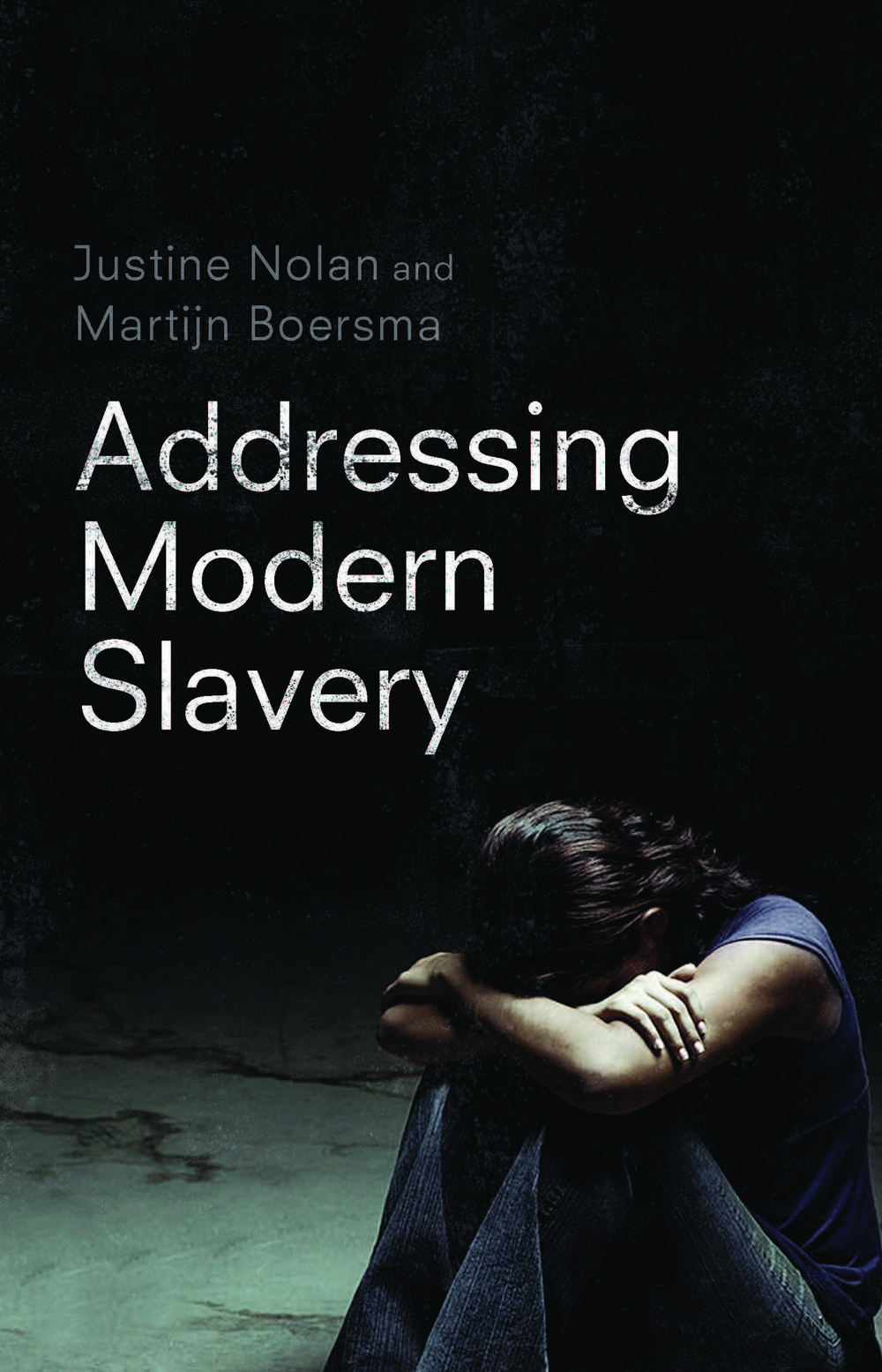Eradicating modern slavery is one of the big challenges of our time.
There are currently an estimated 40.3 million people enslaved around the world. If we are to meet the UN Sustainable Development Goal to end modern slavery by 2030, then around 10 000 people need to escape from slavery each day.
Although people are becoming increasingly aware that modern slavery exists, it remains a phenomenon that is too often dismissed, underestimated or misunderstood. There is often confusion about what ‘modern slavery’ actually means as there is no one definition.
Several exploitative practices are associated with modern slavery including:
- forced labour, which refers to work that people must perform against their will under the threat of punishment;
- bonded or indebted labour, when individuals work to pay off a debt while losing control over working conditions and repayments;
- human trafficking, which concerns the moving of people (usually for forced labour or sexual exploitation); and
- child slavery, which is distinct from child labour as it involves not only children working but also their exploitation for someone else’s gain.
Other exploitative practices include deceptive recruitment for labour; domestic servitude; and forced marriage. Our book explores why modern slavery continues to this day and focuses on its occurrence in corporate operations and their supply chains.
During the 300 years of transatlantic slave trade, about 12.5 million people were enslaved in the Americas. Today, an estimated 40.3 million people are enslaved globally including 16 million who are exploited in the private economy. In a world of growing inequality and trade-offs between the haves and the have-nots, we discuss how consumers, businesses and governments are all part of the problem and the solution.
We emphasise that modern slavery occurs on a continuum of exploitation that often begins with workers' rights violations such as wage theft and excessive recruitment fees. People who are subjected to these abuses often experience working conditions that gradually worsen, which sometimes leads to slavery or slavery-like conditions. Any large- or small-scale factor that undermines a person's capacity to make an autonomous decision about their own working life can result in exploitation.
By describing the slippery slope towards modern slavery, we demonstrate that modern slavery can happen anywhere at any time. In doing so, we aim to bring the issue within the comprehension of consumers, companies, shareholders and policy makers.
We also do this by explaining how global supply chains affect every aspect of our lives.
Only recently did ABC’s Four Corners show that the Chinese government has been systematically targeting the Muslim minority Uyghur population. Up to a million Uyghurs are thought to have been detained and forced to work in factories and cotton fields in Xinjiang.
According to Four Corners, brands sold in Australia that source cotton from Xinjiang include Target, Cotton On, Jeanswest, Dangerfield, Ikea and H&M.
This shows that while modern slavery may occur far away, it can be connected to anyone anywhere through the purchasing of goods. We demonstrate that global sourcing and production has created big challenges for the safeguarding of labour and human rights.
The fact that economic globalisation has outpaced regulatory developments forms a major hurdle in addressing modern slavery. While production, trade and investment are increasingly taking place at an international level, formal institutional power, such as the creation and enforcement of labour laws, is still exercised by nation-states.
In global supply chains, both national and international institutions have limited capacity to address transnational labour issues. This situation is described as a governance gap.
The book explores the upsides and downsides of initiatives to close these governance gaps.
We discuss the growth of corporate self-regulation and the rise of multi-stakeholder initiatives, which can include companies, civil society organisations such as trade unions and NGOs, and sometimes governments. Self-regulatory and multi-stakeholder initiatives typically form in moments of crisis, in situations in which corporations are under pressure to respond to allegations of modern slavery. While this type of governance can sometimes help to address exploitation, the capacity of these initiatives to hold companies to account is often limited compared to the enforcement by the state.
Therefore, the book also provides an analysis of new laws that have been developed to address modern slavery in corporate supply chains such as in Australia and the United Kingdom. It finds that the modern slavery laws that currently exist around the world are more focused on getting companies to report on their commitments to tackle these problems, rather than assessing their actual performance and incorporating a remedy to directly redress the harm.
Reporting must measure outcomes, not just processes. It is essential to ensure that the laws encourage substantive compliance with human rights standards, rather than merely symbolic compliance.
Finally, we describe what is happening on the frontiers of the fight against modern slavery.
There are progressive discussions about the role of the state and the responsibilities of business; continuing activities by non-governmental organisations and trade unions; a rising interest in ethical consumption; and technological advances such as the use of big data, artificial intelligence and blockchain technology.
While the use of technology can often boggle the mind, other novel approaches are low-tech and simply arise from having a better understanding of the dynamics around modern slavery. It is important to caution that there is no quick fix for modern slavery. It is unlikely that any innovative practice will make a big difference in isolation.
There is no magic bullet to end modern slavery. If we make the mistake of looking for a single cure and neglect to confront modern slavery on multiple fronts, we end up treating the symptoms of modern slavery rather than dealing with its root causes.
Justine Nolan's and Martijn Boersma's book Addressing Modern Slavery will be published by NewSouth in September 2019.


